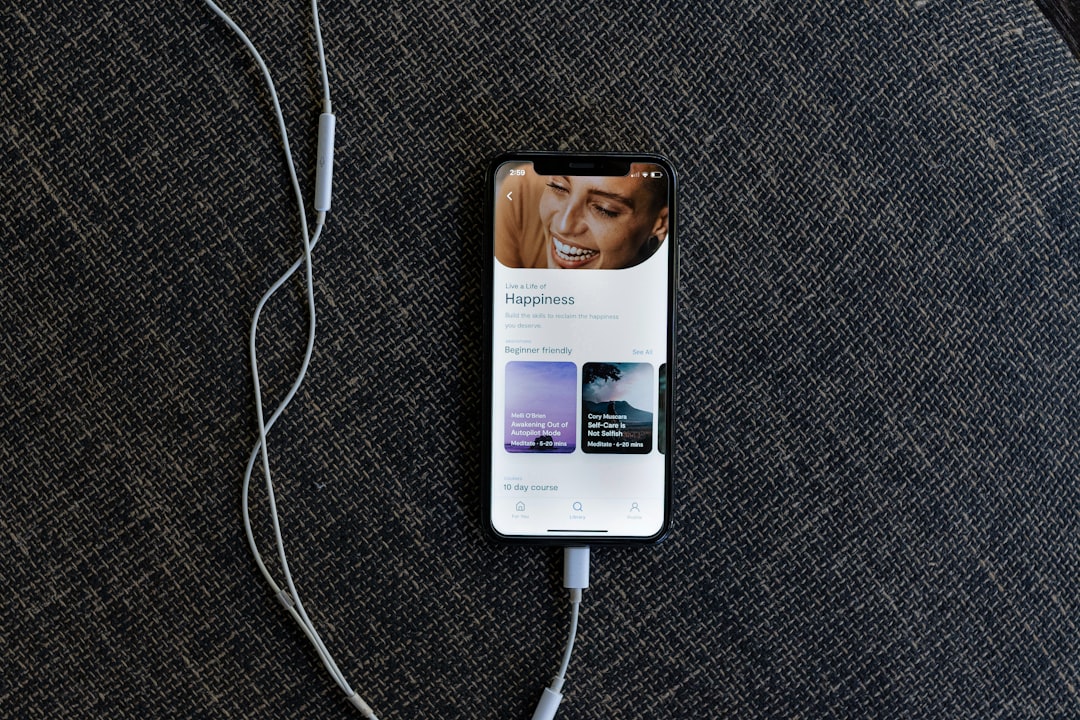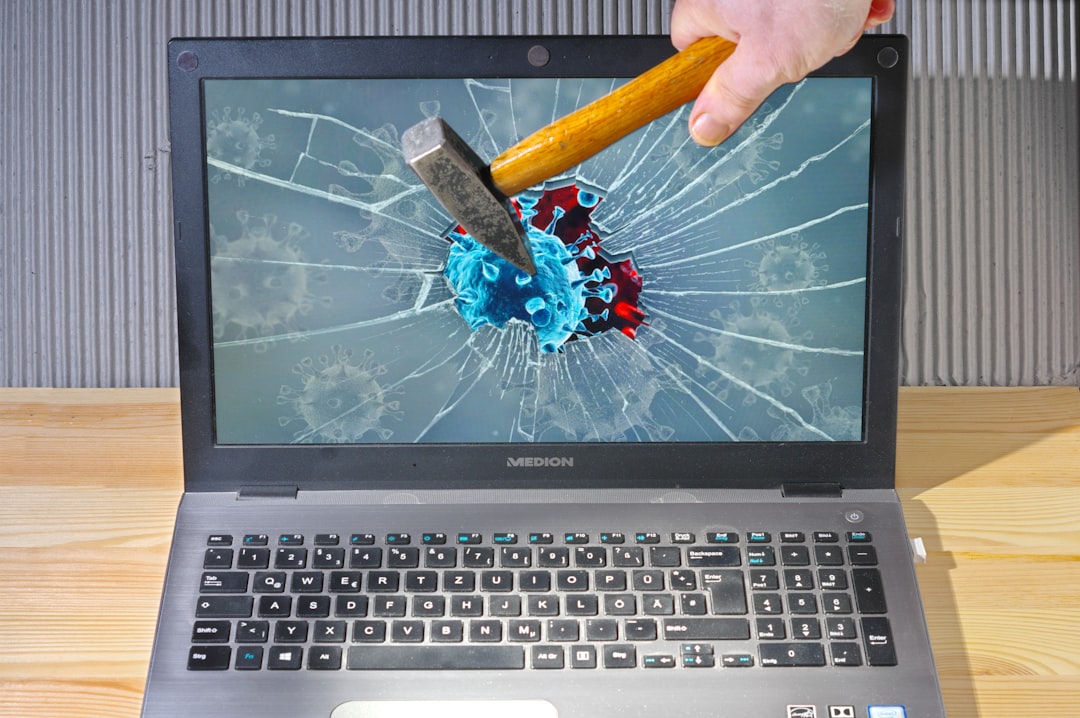If you’ve opened a favorite Spotify playlist and suddenly noticed that songs have disappeared—or worse, the entire playlist appears empty—it can be a frustrating experience. Millions of users rely on Spotify every day for their music fix, and when a playlist isn’t working correctly, it disrupts the vibe. Fortunately, there are several ways to diagnose and fix the problem, whether the issue is on your device, account, or due to Spotify’s service interruptions.
Why Do Spotify Playlists Sometimes Show as Empty?
An “empty playlist” can mean a few different things. Sometimes, a playlist may open but no tracks appear. Other times, songs are visible but greyed out and unplayable. Understanding the potential causes behind this issue is the first step in finding a fix. Here are some of the most common reasons:
- Connectivity issues – A poor or unstable internet connection can prevent Spotify from loading your playlist data.
- App glitches – The Spotify app might be buggy or outdated, resulting in display issues.
- Country restrictions – Some songs may not be available in your region due to licensing rights.
- Missing files (for local playlists) – If your playlist includes local files, they will not appear if the path is missing or incorrect.
- Account syncing problems – You might be logged into a different Spotify account where the playlist doesn’t exist.
Step-by-Step Solutions to Fix Spotify Playlists That Show as Empty
Depending on the root cause of the issue, different fixes might work. Below are a range of methods you can try, starting from the simplest solutions to more advanced troubleshooting.
1. Check Your Internet Connection
First, ensure you have a stable internet connection. Spotify syncs all playlists and songs through the cloud. If you’re on Wi-Fi, try resetting your router or switching to mobile data as a test.
Tip: Try opening other online services or apps to see if your internet is functioning or if the issue is isolated to Spotify.
2. Restart the Spotify App
Exit the app completely—not just minimize it—and restart it. This can often solve minor glitches that cause playlists to appear empty.
3. Log Out and Log Back In
If restarting the app doesn’t work, try logging out of your Spotify account and then logging back in. Sometimes, a session refresh is all that’s needed to load your playlists properly.
4. Update the Spotify App
Make sure you’re using the latest version of Spotify. An outdated app can cause compatibility or performance issues, including problems with viewing playlists.
To update the app:
- On Android: Open the Google Play Store → Search for Spotify → Tap “Update” if available.
- On iOS: Go to the App Store → Tap your profile picture → Scroll to Spotify and update it.
- On desktop: Spotify should auto-update, but you can reinstall the app if needed.
5. Clear Spotify’s Cache
Cached data helps Spotify load quickly but can sometimes cause glitches if those files become corrupted.
To clear Spotify cache on mobile:
- Go to Settings → Storage
- Tap Clear Cache (don’t worry—this won’t delete your playlists or downloads)
6. Confirm You’re Logged Into the Right Account
Spotify allows multiple accounts on one device, especially if family members share access. Double-check that you’re logged into the Spotify account where the playlist was created or followed.
Bonus Tip: If you use Spotify with Facebook, make sure you’re logging in with the right credentials to access your saved content.
7. Check Playlist Privacy Settings
If you’re unable to view a playlist someone shared with you, they might have changed its status from public to private. This could result in the playlist showing up on your list but appearing empty when opened.
You can ask the creator to verify the playlist’s sharing settings or send you a refreshed link.
8. Review Local Files (If Applicable)
Some users create playlists using songs stored locally on their devices—especially on desktop. If the original song file has been moved or deleted, it will no longer show up in the playlist.
Steps to fix:
- Ensure local files are still available on the original device.
- Go to Settings → Local Files and make sure local sources are enabled.
- Resync the playlist after confirming file locations.

When Specific Songs Are Missing
Are some tracks missing, rather than the entire playlist? This might point to different issues. Here’s what to look for:
1. Track Removed By Artist or Label
Songs can disappear from Spotify if the artist or music label removes them. This is relatively common during rights renegotiations or disputes. If this happens, there’s not much you can do—though you can try to find an alternate version of the track.
2. Country Restrictions
Some songs are geo-restricted, meaning they’re only available in certain countries. If you’ve traveled recently or use a VPN, Spotify may be limiting your access to specific content.
Solution: Disable any VPNs and check your Spotify account country settings.
3. Explicit Content Filters
If you or someone managing your account has turned on “Hide Explicit Content,” some tracks might not appear in your playlists.
To check this setting:
- Go to Settings
- Search or scroll for Explicit Content
- Ensure “Allow explicit content” is toggled on
Using Spotify on Multiple Devices
If your playlists appear fine on one device but empty on another, the issue could be device-specific. Here’s how to handle this:
- Ensure the time and date on your device is correct – Incorrect settings can interfere with streaming services.
- Uninstall and reinstall Spotify – A fresh install often resolves device-based bugs.
- Log out from all devices – You can force all sessions to end from your account settings and then log in fresh.

Still Empty? Try These Additional Fixes:
1. Use Spotify Web Player
Visit open.spotify.com in your browser and log in. If your playlists load properly here, it indicates an issue with the Spotify app on your device rather than the account itself.
2. Contact Spotify Support
If all else fails, reach out to Spotify’s customer support or community forums. They may be able to look into account-specific issues or service interruptions.
Preventing Future Playlist Issues
To avoid this problem in the future, consider these tips:
- Regularly update the app – Keep Spotify current for optimal performance and bug fixes.
- Avoid manually moving local file directories – If you depend on local content, consistency matters.
- Back up important playlists – Use third-party tools like Soundiiz to export and backup your playlist data.
Playlist issues can be annoying, but armed with the knowledge from this guide, you should be able to quickly troubleshoot and get back to enjoying your music. Whether it’s as simple as updating the app or as complex as syncing local files, these solutions are designed to cover every base.